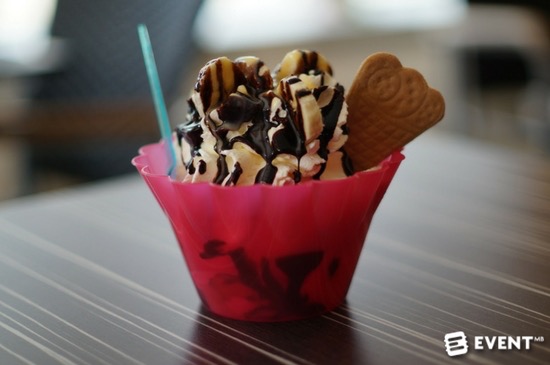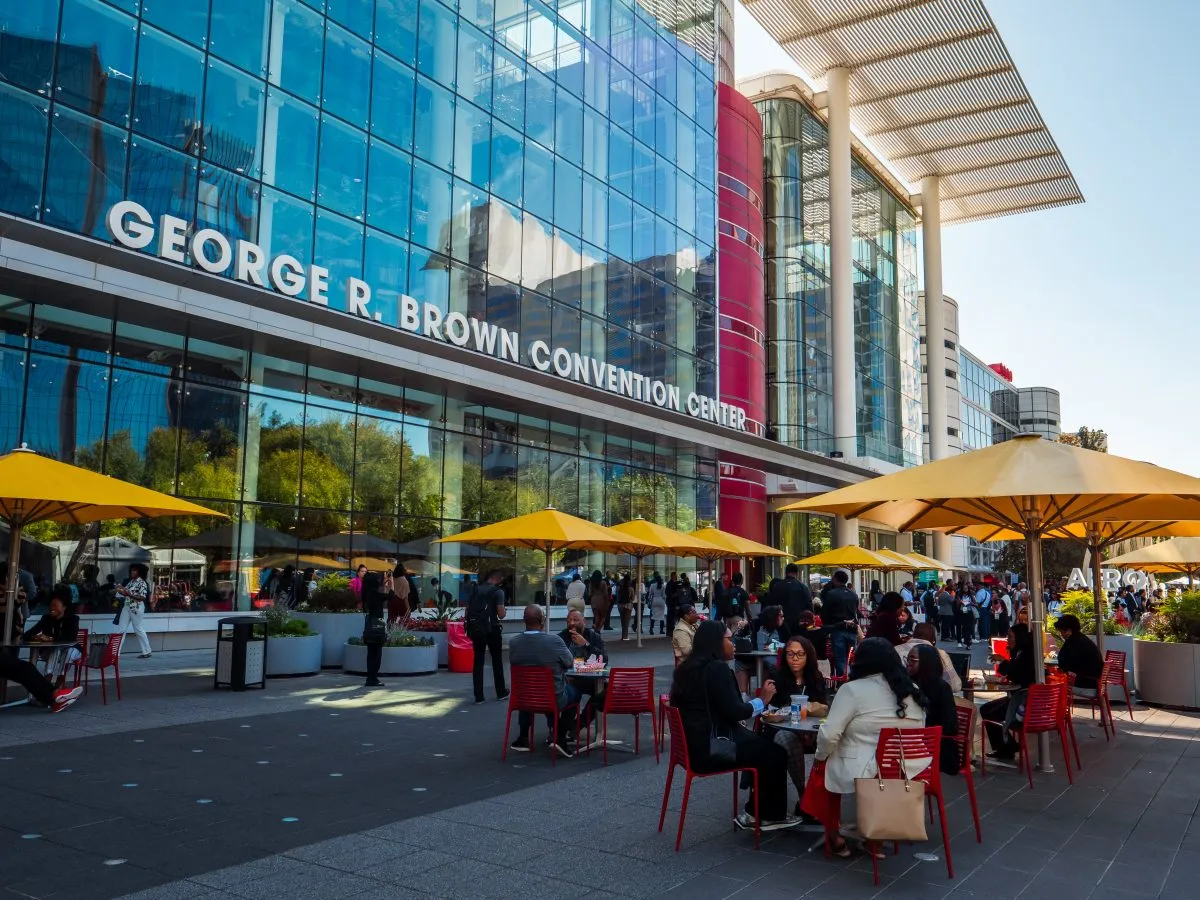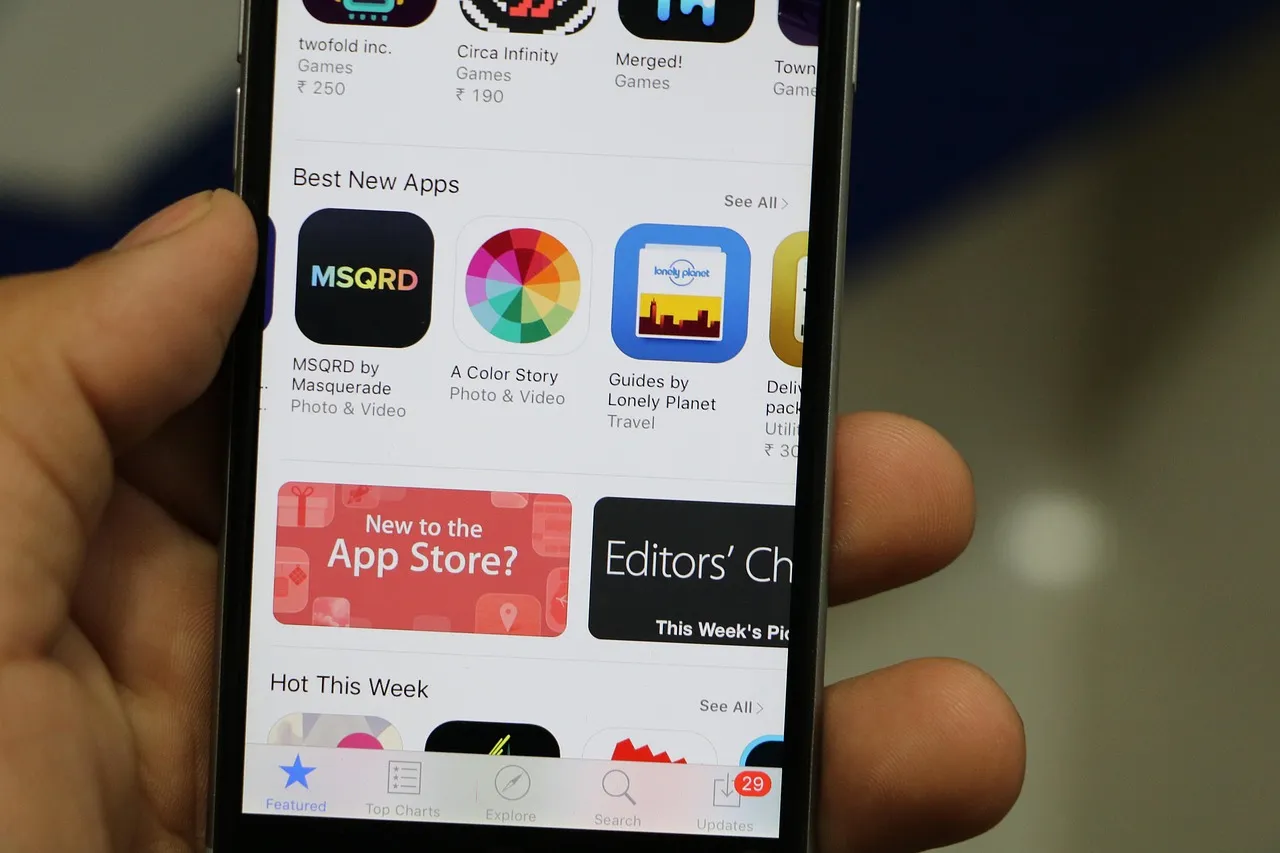3 Experiential Events That Challenged Audience Thinking

Skift Take
The days of simply selling product based on its benefits are over. In an age where we're bombarded by advertising, consumers have learned to self-filter. To break through the noise, you've either got to be very loud or very different. As the line between events and marketing continues to blur, experiential marketing is the confluence of the two.
Here we have selected a few of our favourite experiential campaigns from 2016 that have challenged audiences in new and exciting ways:
Insect Ice Cream - The Economist
How do you drive paid subscribers in a world full of free content? That's a question on the lips of many a marketer in the publishing world. One which agency, Sense, helped the Economist answer with a raft of experiential stunts over a two year period. The Economist produces content which it admits isn't for everyone and that's a pretty hard sell. The challenge was to reach new audiences by challenging their thinking and asking them to step outside their comfort zone and try something new, which at first glance might be considered off-putting (like a high-brow magazine full of long reads, for instance). In this case, that was manifest by stalls giving away ice cream or crepes laden with insects.
The "discomfort food" campaign not only brought Economist content to life but also served as a kind of pre-screening. If someone's prepared to take a step outside of their comfort zone, they may well be the kind of person to subscribe.
Over the course of the two years, the campaign drove a 191% ROI and over 25,000 new subscriptions. With a subscription being worth around $220 per subscriber, per year, well, you do the math.
Veggie Pop-up - Pret A Manger
When you think of pop-up-shops, you don't normally think of bricks and mortar shops. Pret, it seems, would dispute this. Based on a spike in sales of their vegetarian option over the course of 2015, Pret decided to turn their Soho (London) store into a 100% vegetarian version of their chain. This would give their customers an opportunity to sample 40 new meat-free product lines.
The campaign not only worked as a sounding board for ideas to expand the vegetarian range but was such a success, they didn't un-pop the pop-up. What was originally meant to be a one-month campaign has turned into an ongoing business.
#WeighThis - Lean Cuisine
With sales declining, Nestle needed to do something about its Lean Cuisine brand. One of the biggest problems for the brand is that it couldn't shake the image of dieting and the negative connotations that come with it. Repositioning itself as a health and wellness brand, Lean Cuisine, in partnership with agency 360i, created a campaign asking women how they wanted to be weighed. Participants were asked what they would like to be measured on, using the hashtag #WeighThis and their answer would be hand-painted on a set of scales, which would then be placed on a giant wall in New York's Grand Central Station, where it would join others in the same vein.
The campaign generated 6.5 million views in its first week and drove over a 400% increase in social mentions. Positive perception of the brand online also increased around 33%.
In Conclusion
Experiential marketing, and by extension, events in general, give brands the opportunity to engage with their audiences on a much deeper, more personal level. Rather than simply persuading, such is the wont of marketing, real-world events can help develop a much more meaningful relationship between brand and audience due to greater investment on the part of all involved.




